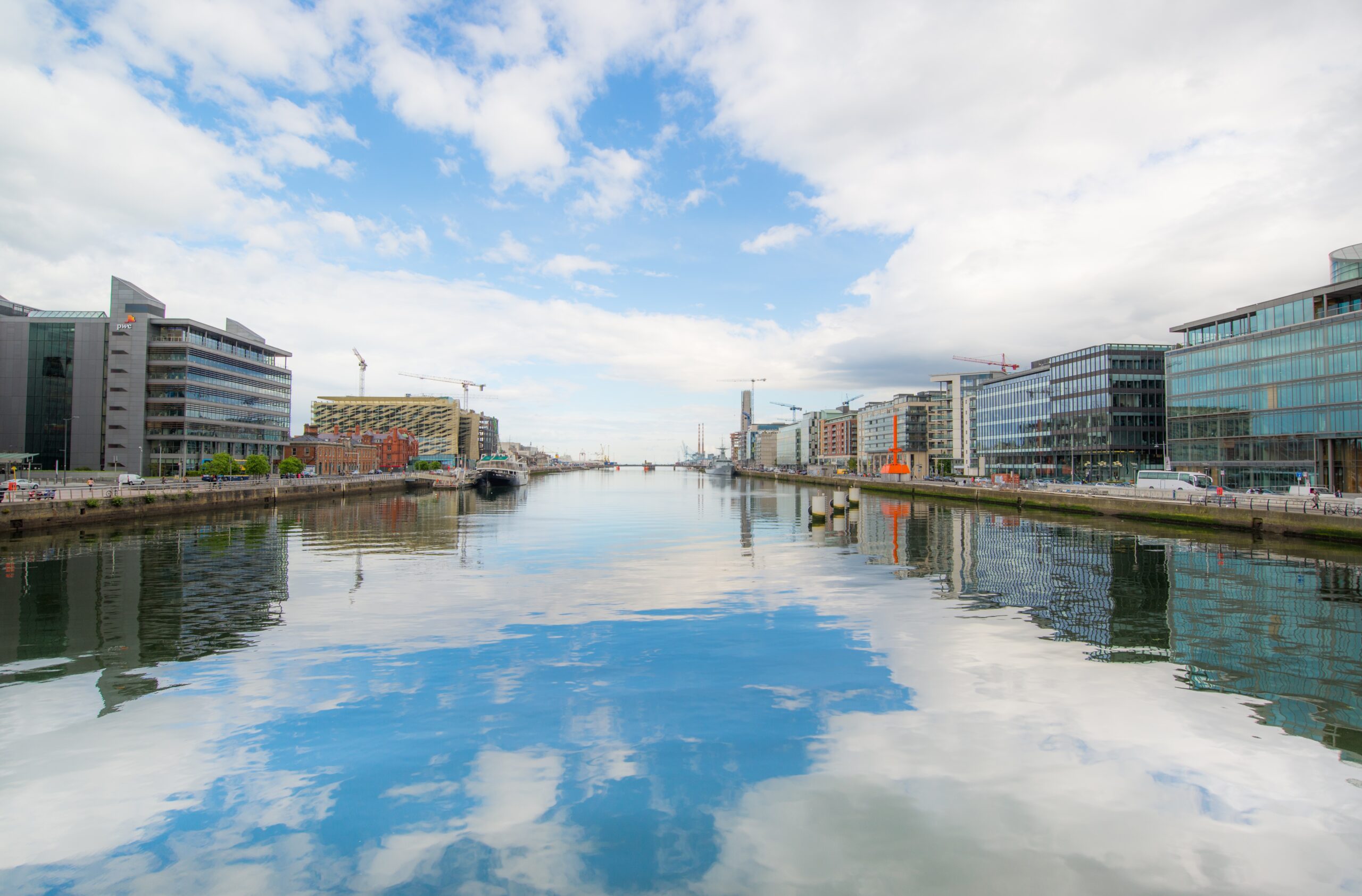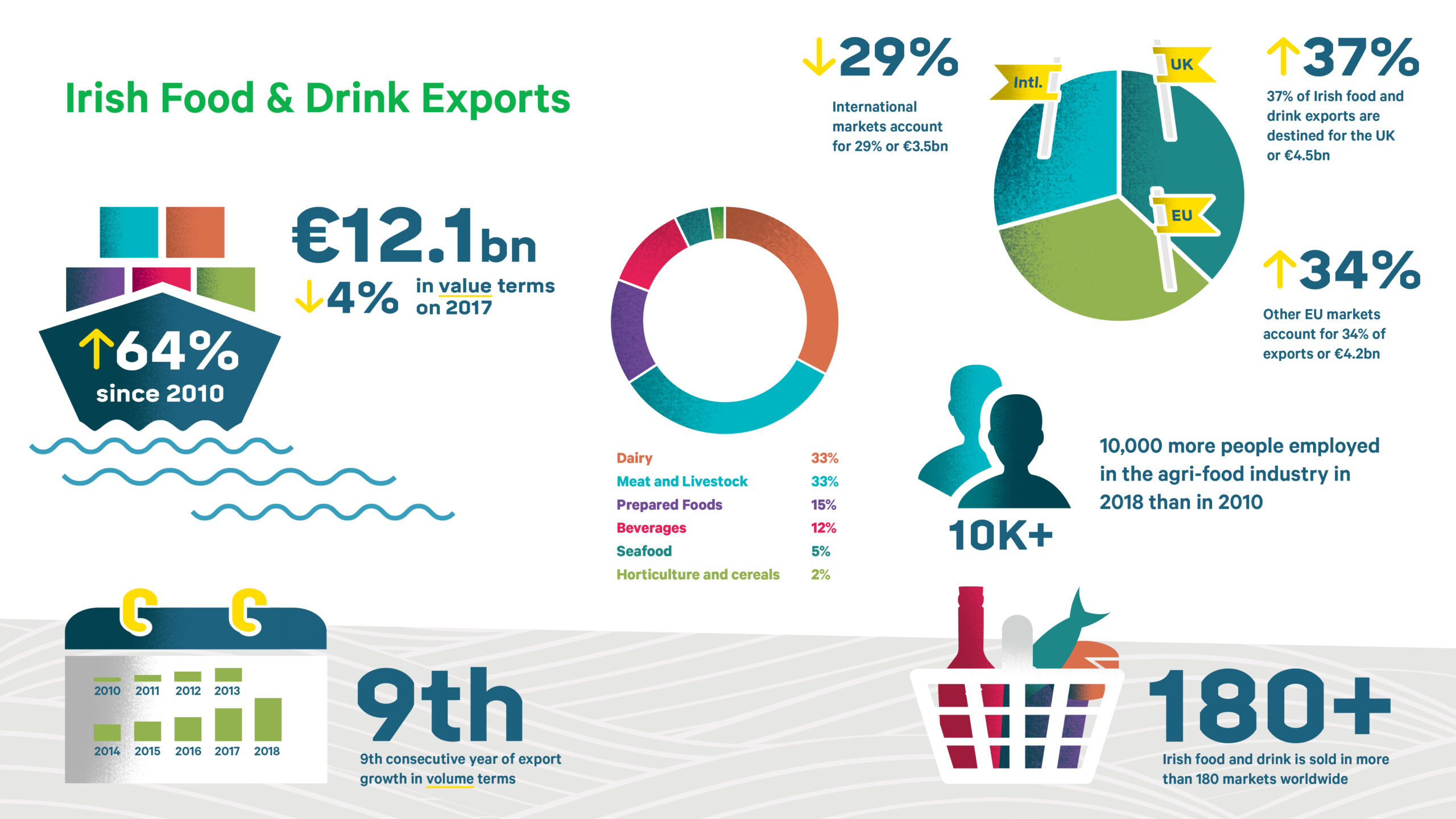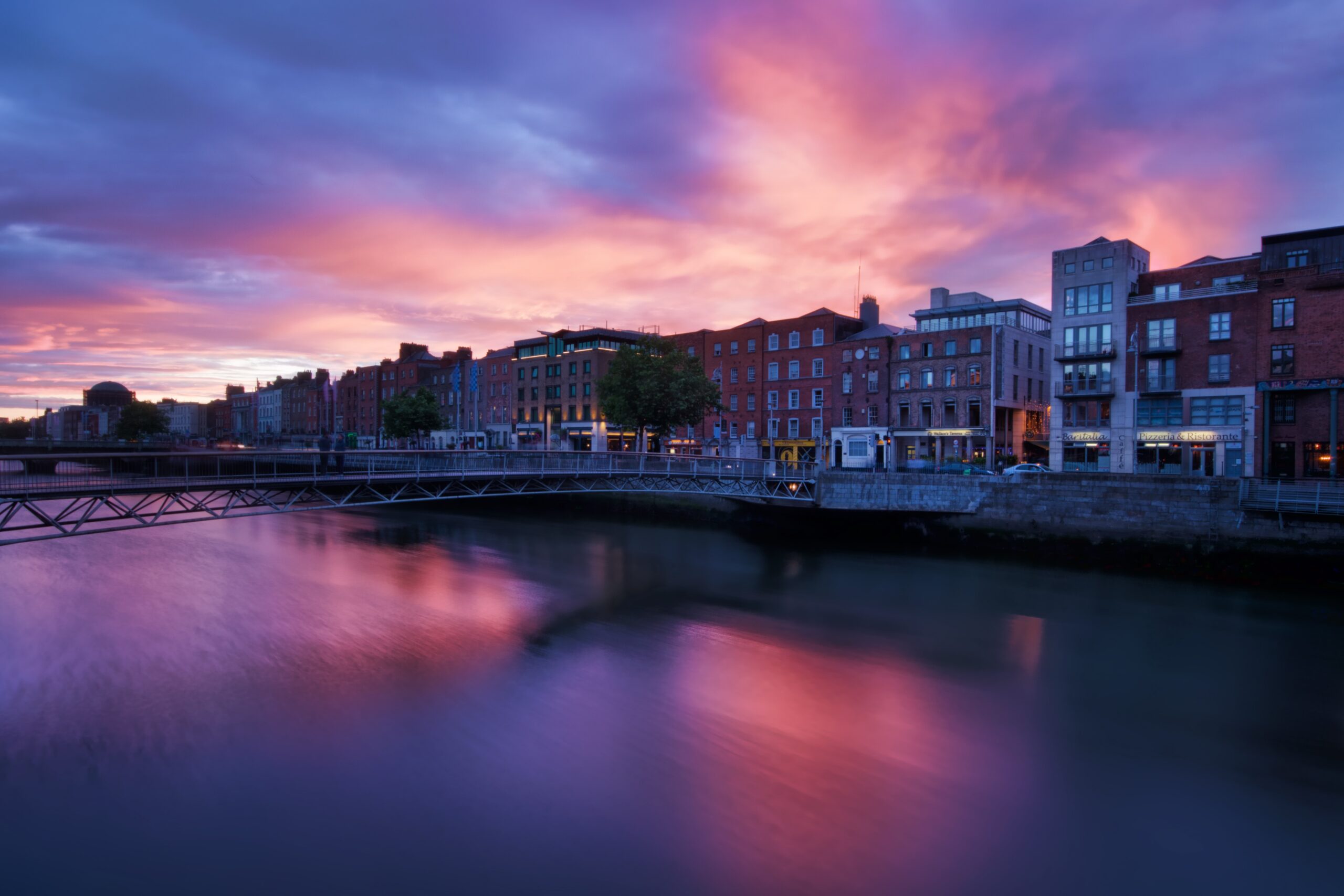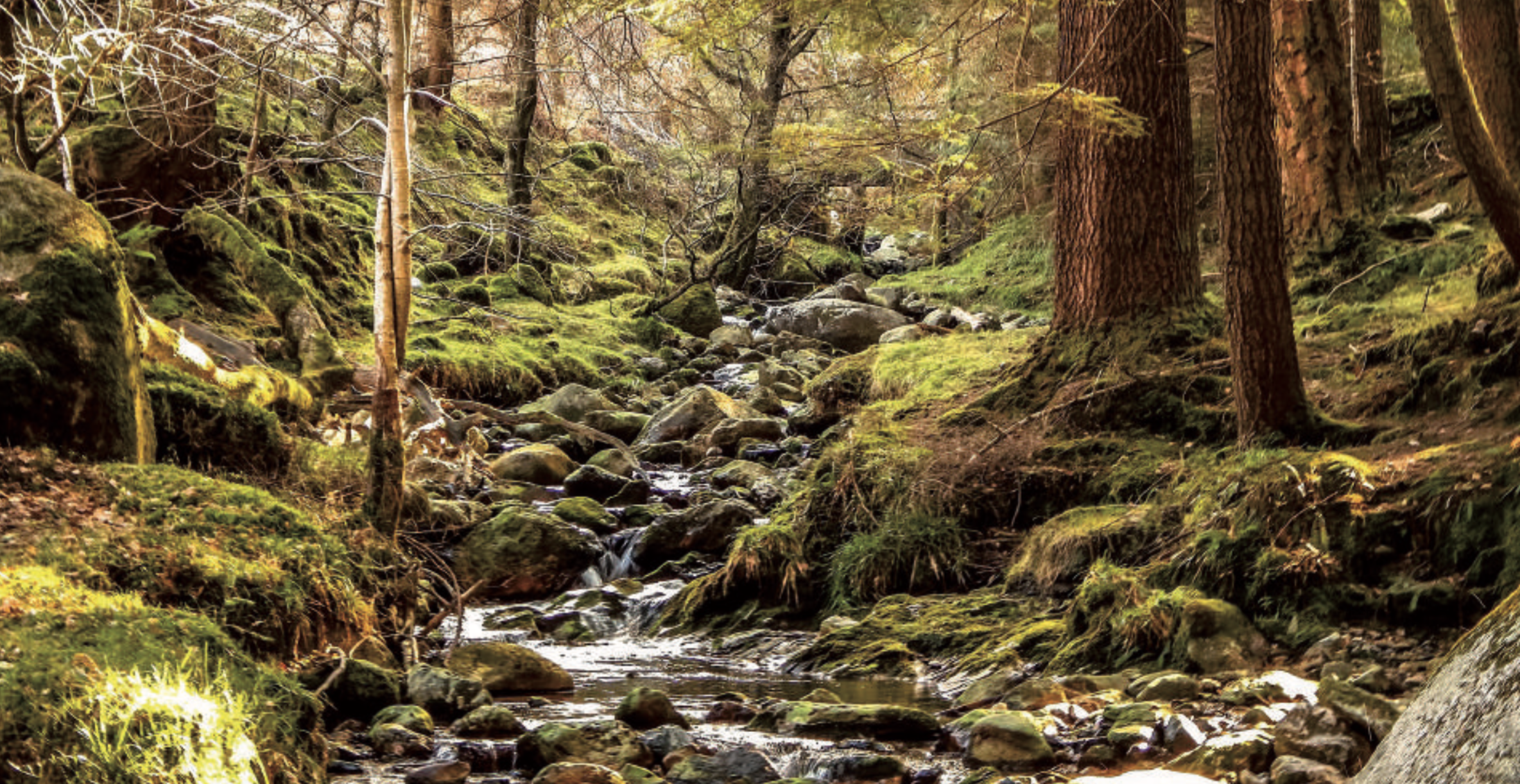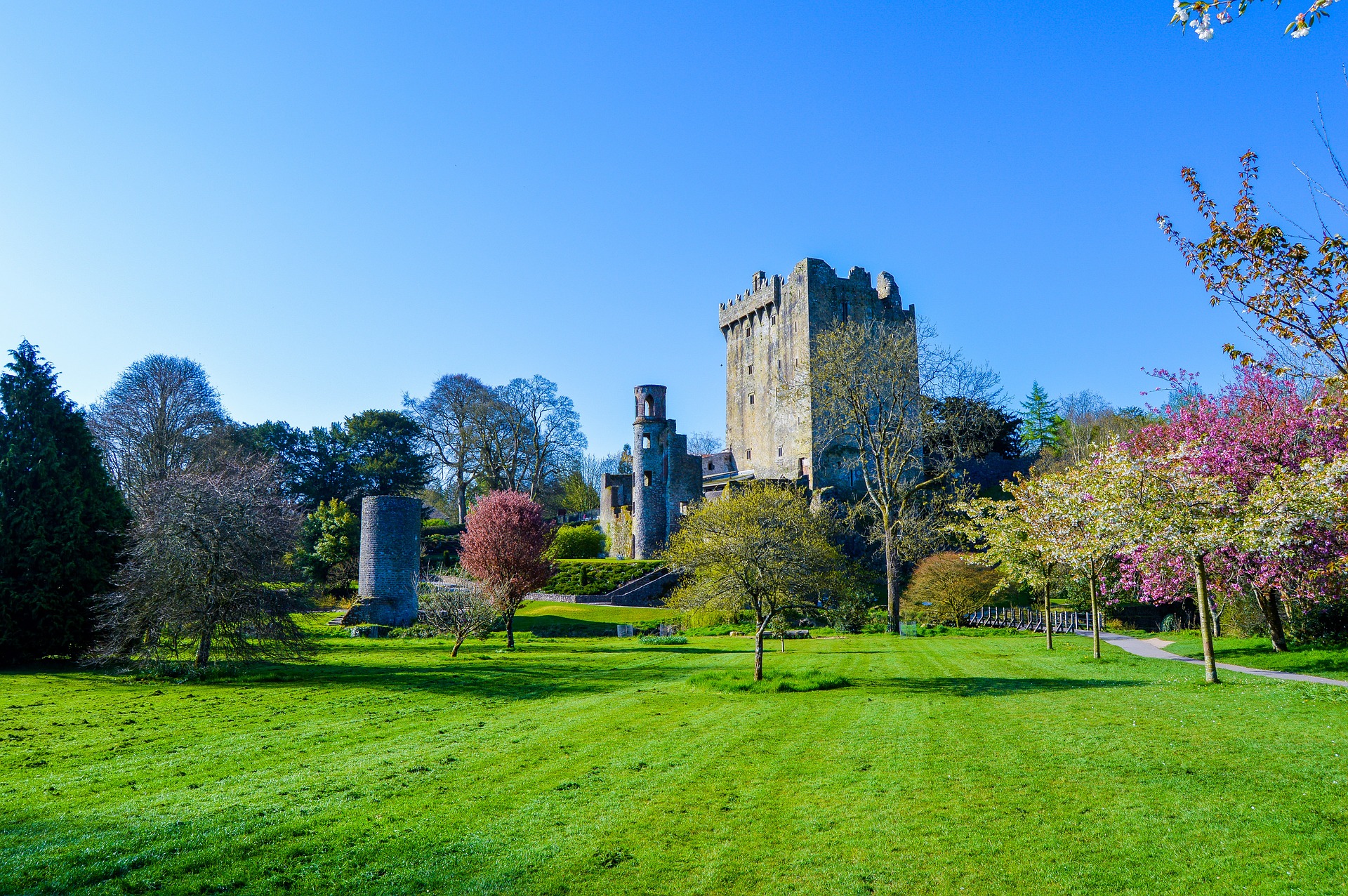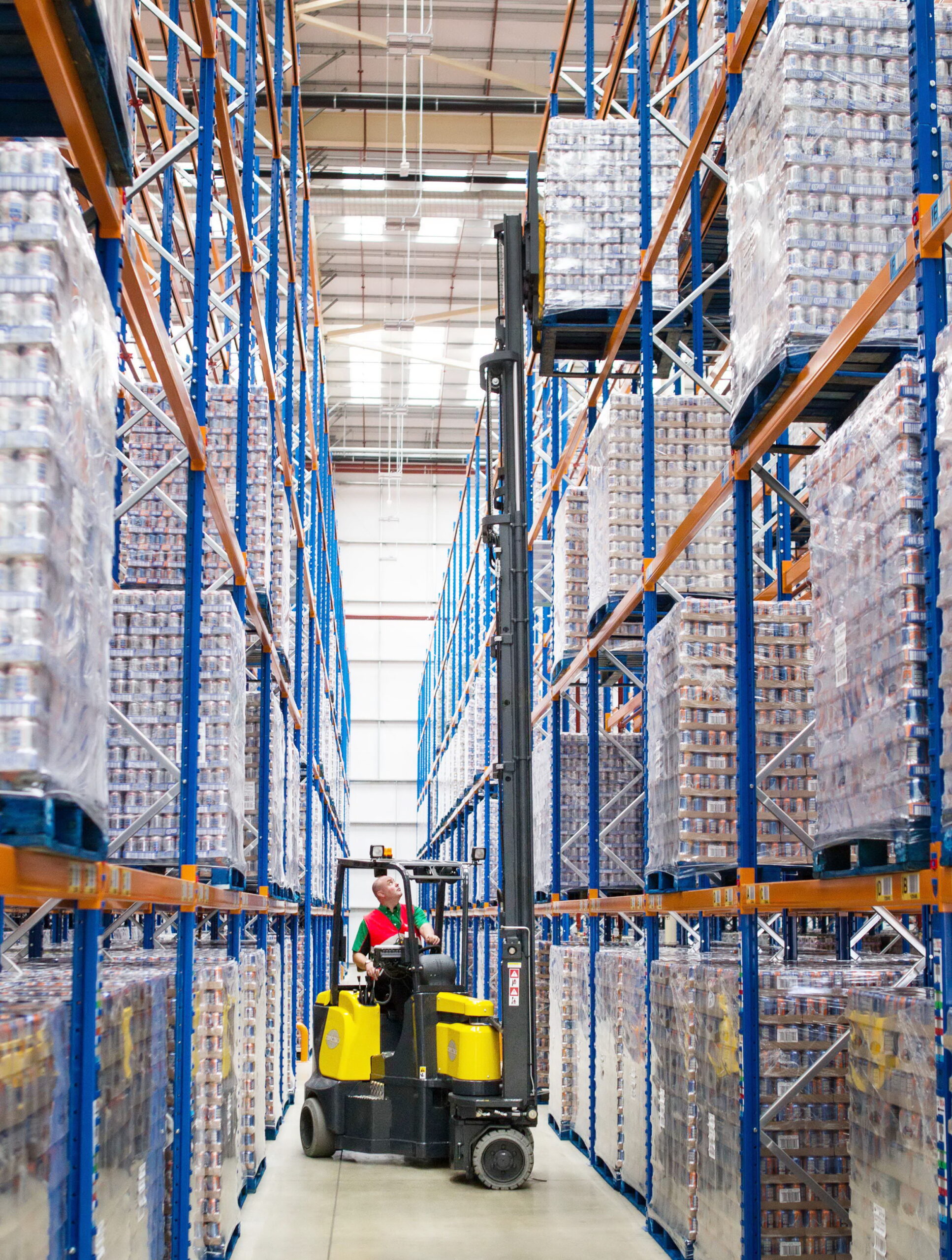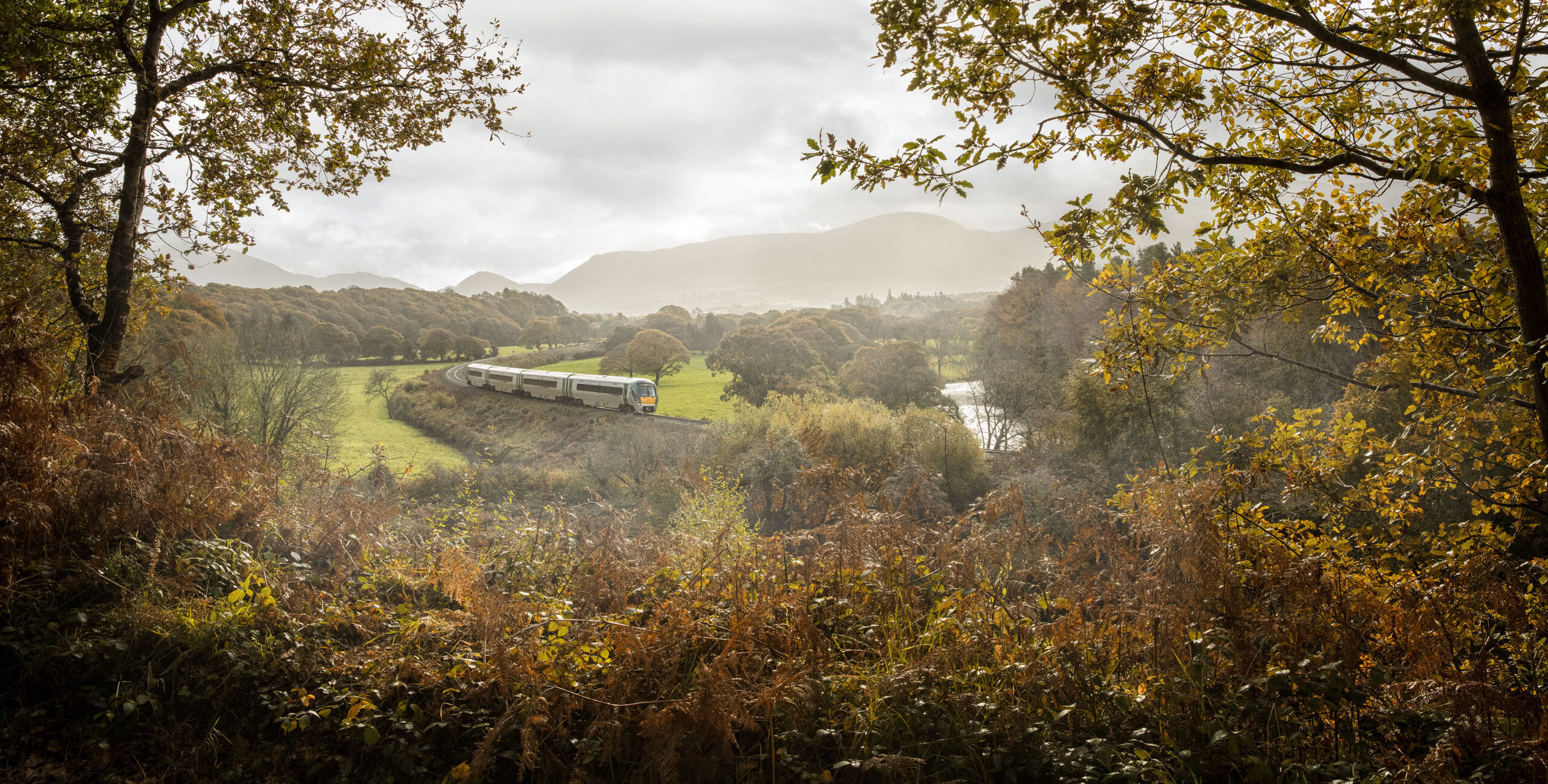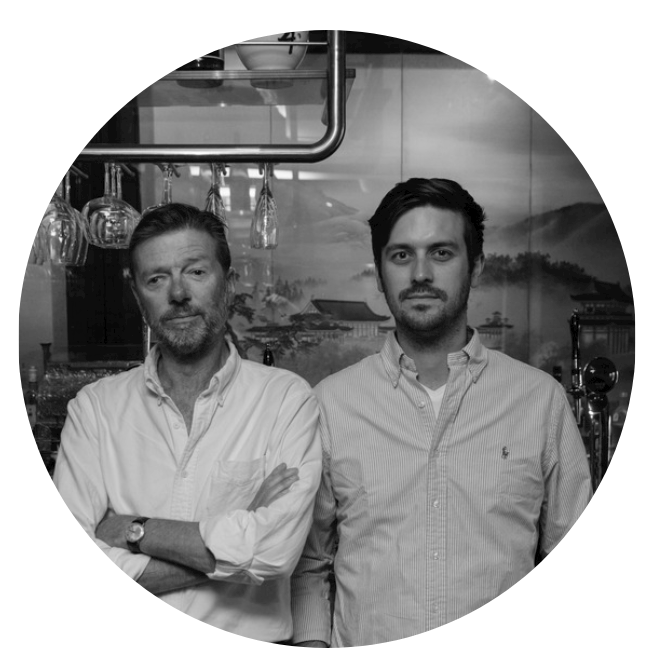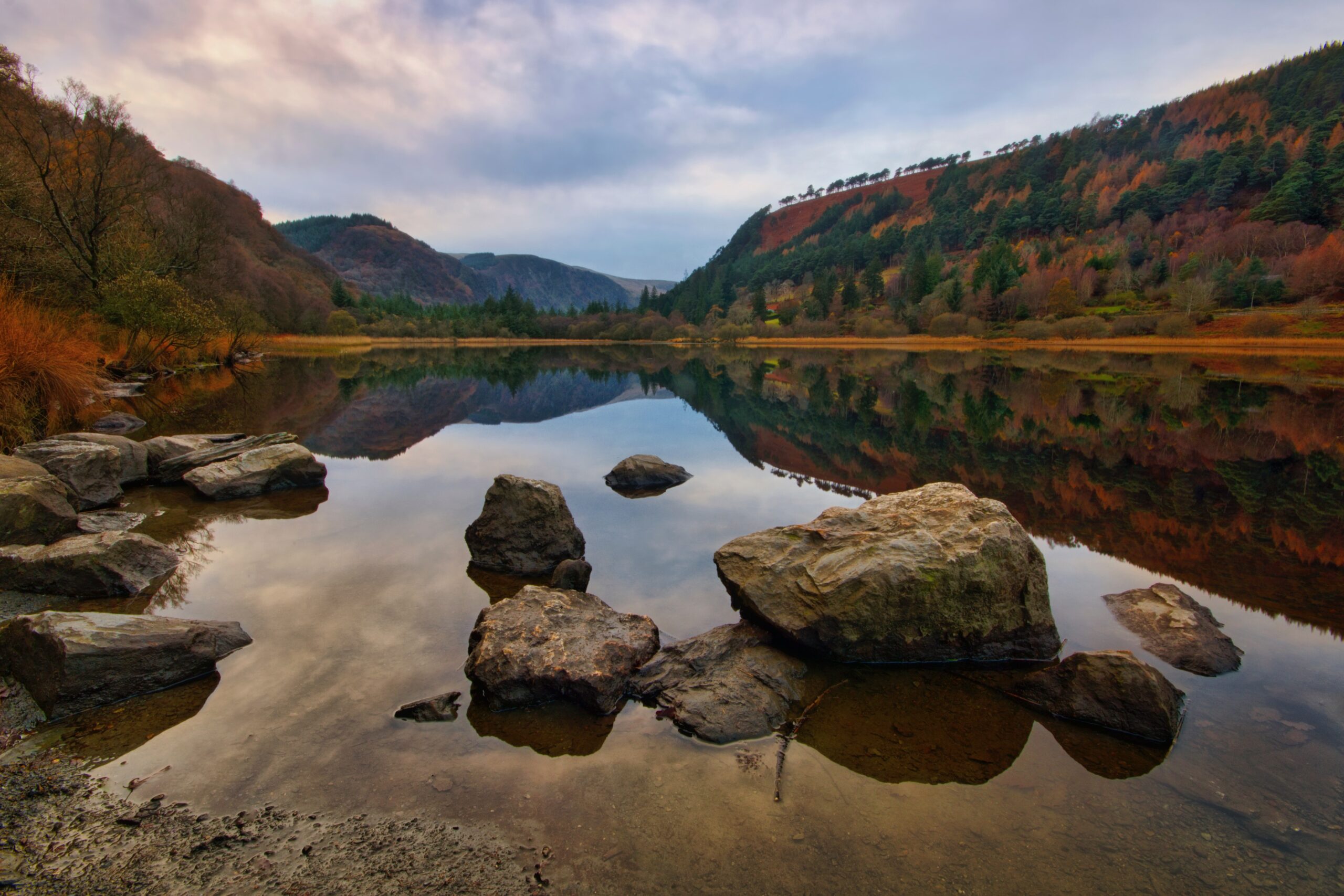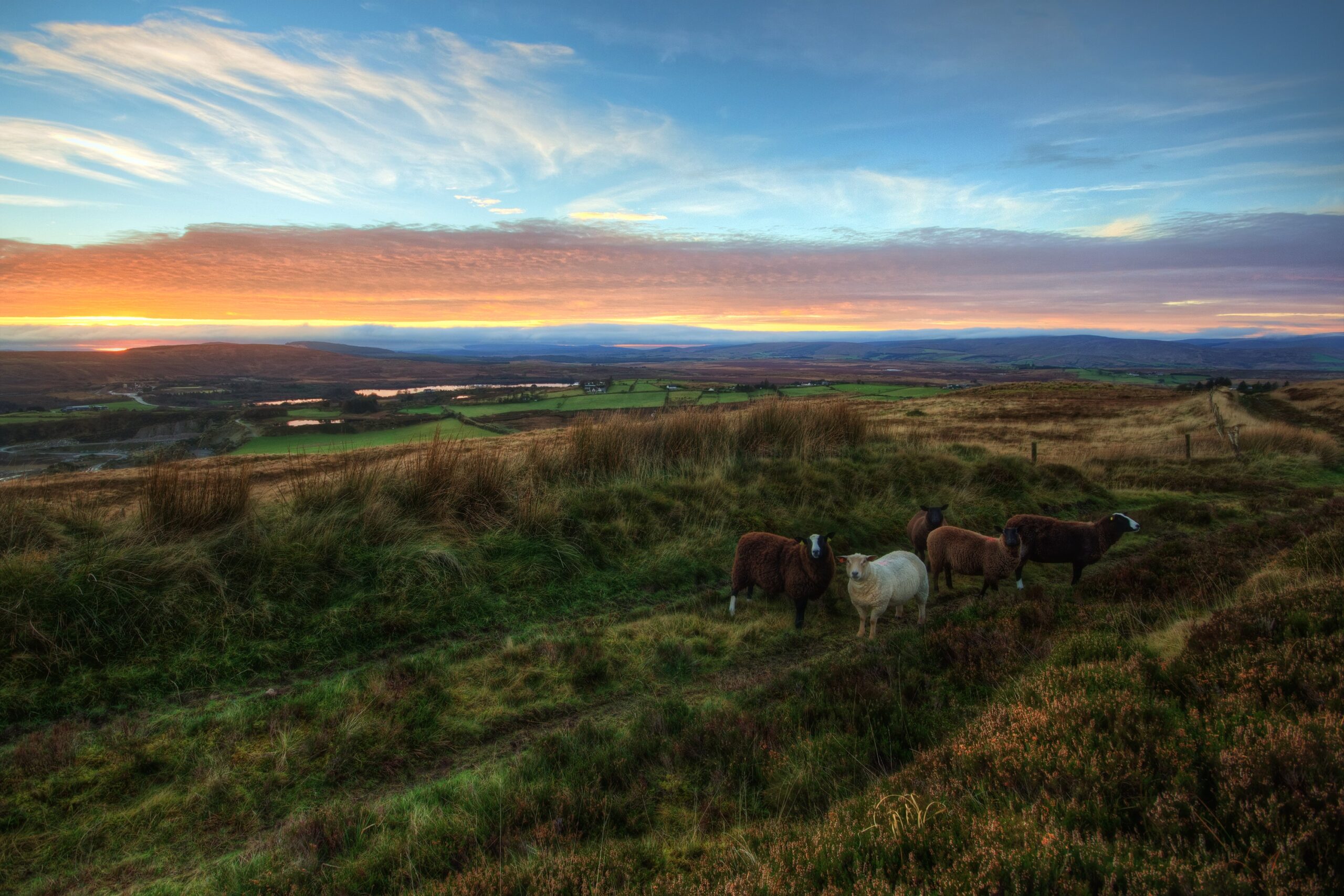The Republic of Latvia is a small country in Northern Europe and one of the three Baltic States. Latvia is a small open economy, and its exports account for the majority of its GDP. Due to the strategic geographical position of Latvia, the transport and transit sector is highly developed. Latvia became a success story in Northern Europe through tough reforms that led it to join the World Trade Organization (WTO), North Atlantic Treaty Organization (NATO), European Union (EU), Schengen, the eurozone and most recently, the Organization for Economic Co-operation and Development (OECD). According to Swedbank, the country will have an annual GDP growth rate of 4.7% in 2017 and projects it to be 4.2% in 2018. It is one of the fastest growing economies in the EU.
Because of geopolitical complexities, Latvia has been a strong supporter of international integration. The nation officially joined the WTO in 1999 and NATO and the EU in 2004. In 2014, Latvia adopted the euro as the official currency of the country which has helped to boost its economic development. Latvia’s trade links with the rest of the world are increasing with its membership in the European Union and the single market economy. Latvia furthermore became a full-fledged member of the OECD in 2016.
Latvia occupies a strategic position in Northern Europe thanks to the combination of; its three large ice-free ports on the Baltic sea, and an efficient rail and road link network to Russia and the Commonwealth of Independent States (CIS). Its location provides quick, easy access to markets in Europe, Russia, CIS countries, and the Far East which has boosted trade development.
Latvia has several globally competitive industries including its transport, timber, food processing, and manufacturing sectors. The Latvian government has implemented various policies to improve economic growth and attract businesses. The country enjoys a corporate tax levy of 15%, which is one of the lowest in the EU. OECD Secretary-General Angel Gurria stated Latvia has been the “top reformer” in 2017 among members and praised Latvia’s balanced budget, a stable debt-to-GDP ratio of 40% and planned tax reform. Latvia’s primary export markets are growing which shows positive signs for the years ahead. From the three Baltic countries, Latvia is predicted to have better economic growth than Estonia and Lithuania until 2019.
According to the Ministry of Finance of Latvia, joining the eurozone will increase Latvia’s GDP by EUR 8 000 million by 2020. Following its integration into the EU, the economy rapidly expanded reaching growth of 10% per year in 2006. However, the global financial crisis of 2008 hit Latvia hard. The nation entered a balance-of-payments crisis and a recession which was aggravated by its second-largest bank collapsing. The IMF, EU, and other international donors held pivotal roles in Latvia’s recovery. In exchange for funding, severe austerity measures were implemented which had a profound social impact on the nation. Due to its demographic challenges, Latvia’s economic growth over the next years will require boosting value addition, productivity, and foreign direct investment.
The country’s effective economic policies have ensured that Latvia has quickly recovered from the economic crash in 2008 and currently offers many attractive incentives to investors and foreign businesses. Latvia boasts a cost-effective environment for companies looking to expand their operations between Europe, Russia, CIS countries, and the Far East. The outlook looks bright thanks to Latvia’s continued integration with the European Union, close trade links to Russia and the Far East, and its ability to offer labor at a competitive price. The steady growth that Latvia has experienced in recent years looks set to continue.


